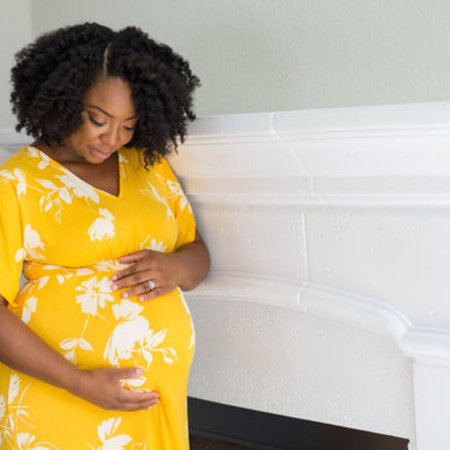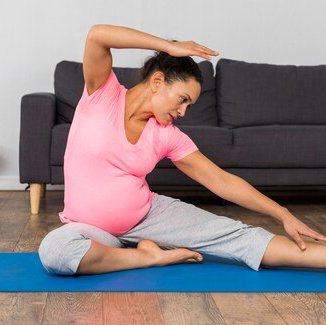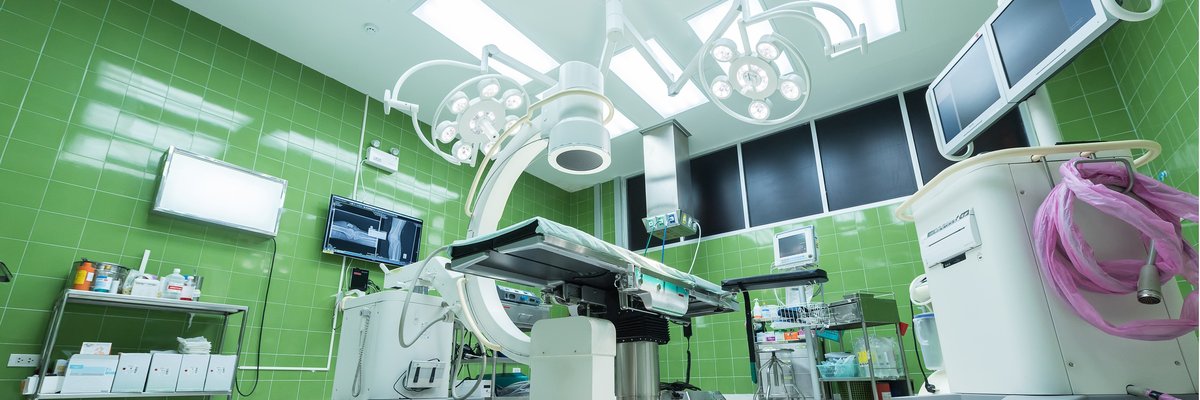
Delivery - An Overview
Delivery - An Overview
Stacey A.
June 22, 2022
Stacey A.
June 22, 2022
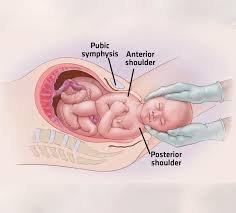
Birthing is a special occasion in a woman’s life and can impact a woman’s life positively or negatively based on the experiences the woman encounters during this period. These days, health care providers advocate for adequate preparation in pregnant women in order to prevent the complications that come with labour and delivery so that ultimately the woman delivers a healthy baby while she’s also in good health.
Before modern medicine became the standard, childbirth or delivery was usually carried out at home with the help of relatives or in certain cases traditional birth attendants.
Most of the time, delivery is confused with labour. Whilst the latter is defined as a series of continuous progressive contractions of the uterus that helps your cervix dilate (open) and efface (thin out), delivery is actually a stage of labour where your baby is pushed out of your womb through the birth canal (in vaginal deliver). Simply put, labour opens up your birth canal so that your baby can come out (delivery).
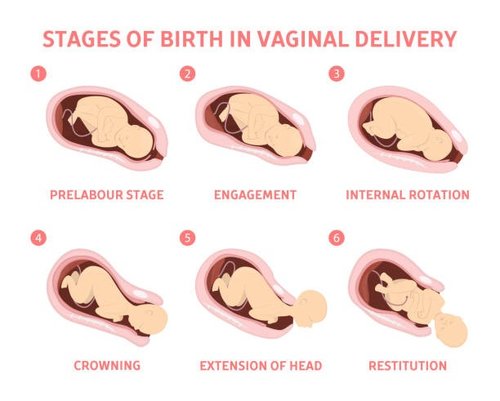
Stages of Vaginal Delivery
Not every pregnant woman goes through these processes though, childbirth experiences can differ significantly. Some pregnant women do not experience labour and therefore have to be given certain drugs for their birth canal to open up or be operated on before they can deliver. Also, there are other options where one can opt to be induced, have an elective C-section and not have to go through labour.
Ideally, a pregnant woman is expected to deliver after 37 weeks of pregnancy, even though this is not always the case. Since they are not fully developed, babies born before this period are referred to as “preterm or premature”.
There are basically 3 types of delivery;
Spontaneous Vaginal Delivery

Assisted Vaginal Delivery: this involves the use of suction ( vacuum or the aid of forceps in delivery)
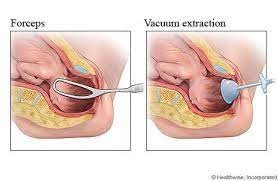
Caesarian Section (elective or unplanned/emergency)
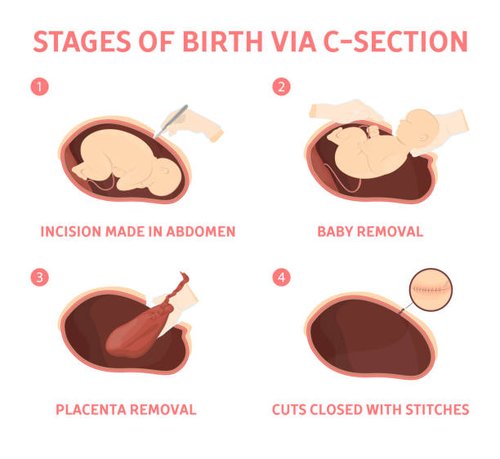
Vaginal delivery is the most common delivery method and is generally considered to be the safest.
Can I opt for a particular mode of delivery?
In ideal conditions, as a pregnant woman, you have the right to choose the method of delivery you want after extensive education on the pros and cons of each method. But in “high-risk pregnancies”, that is, when a pregnancy is complicated by disease, extremes of age (less than 18 or greater than 35 years), parity, previous caesarian sections and other markers, the options are limited to a few and your doctor may even have to make an emergency clinical decision on your behalf.
Could there be any complications during the process?
Yes, there could be. Each pregnancy and delivery is different so there may be problems in some cases. Some of these complications are; vaginal tears or episiotomy, labour that does not progress, excessive bleeding, problems with the umbilical cord, and water breaking too early, infection of the C-section site, slow healing, just to mention a few.
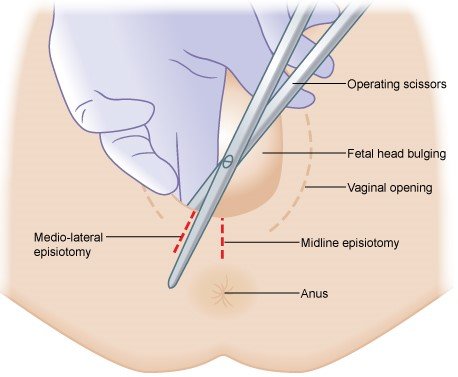
Luckily enough, through Antenatal Care (ANC), our healthcare system has put measures in place so that a pregnant woman is properly examined throughout pregnancy to help identify some of these complications ahead of time so that doctors are well prepared to put them under control. Also living a healthy lifestyle goes a long way to preventing some of the complications that come with pregnancy. Even though childbirth is painful, it is manageable.
The joy of seeing your baby and feeling him/her against your body will make up for the pain endured.
Birthing is indeed a wonderful experience.
“Let choice whisper in your ear, love murmur in your heart. Be ready, here comes life.”
We will like to hear from you. Comment below, follow and chat with us on all our social media platforms and join us on the app to talk more.
Other Articles in this Categories
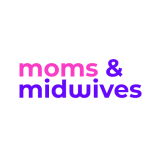
Join The
Squad


Join The Squad

